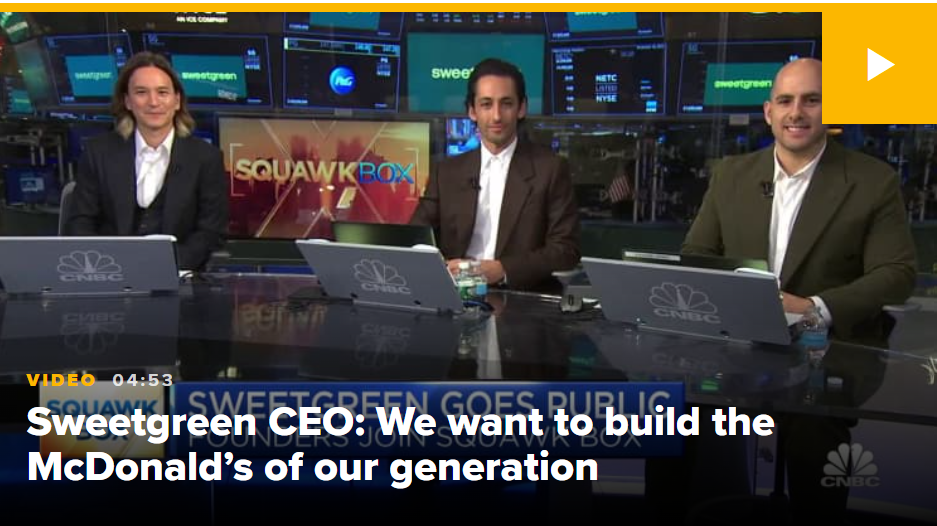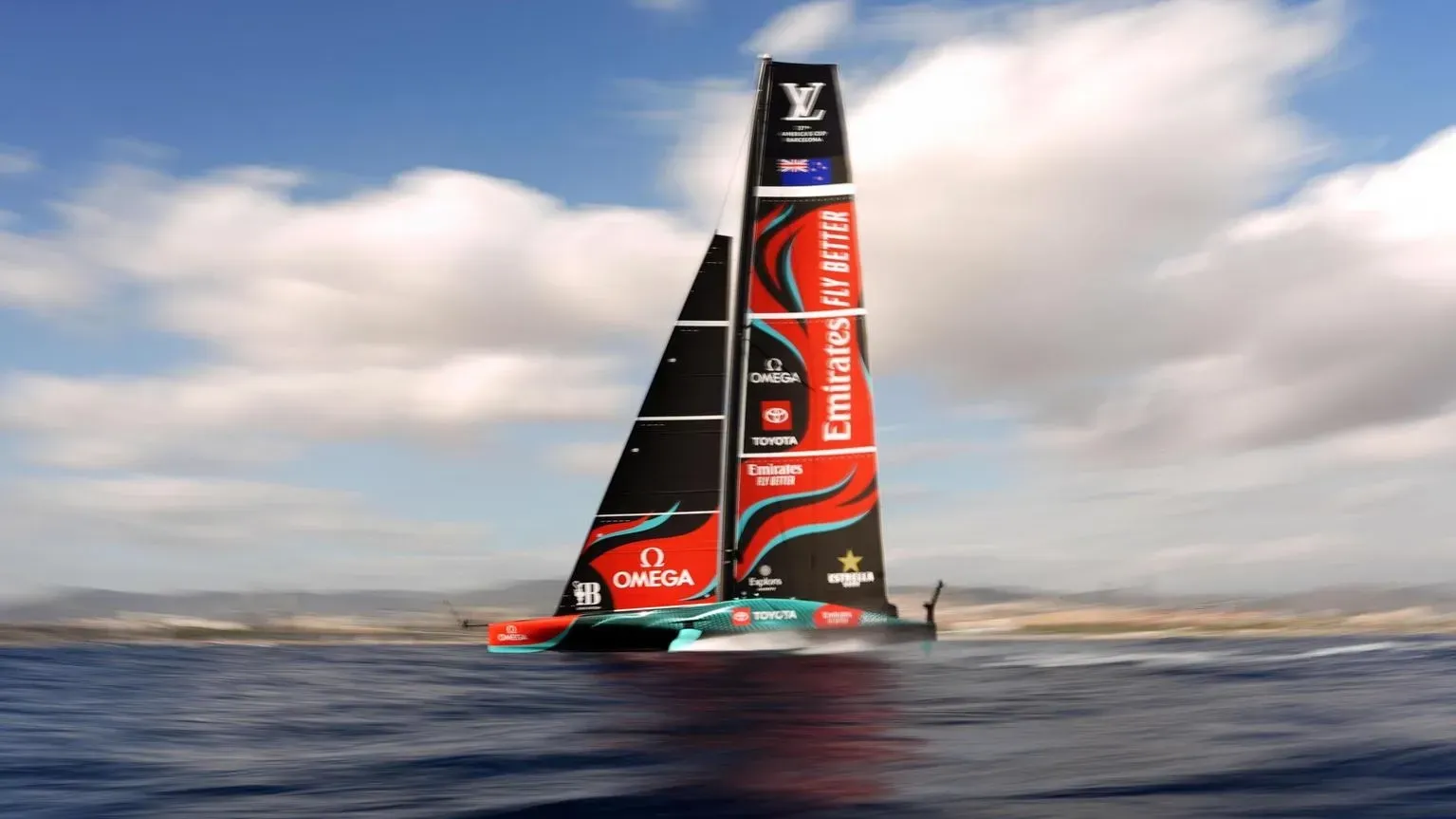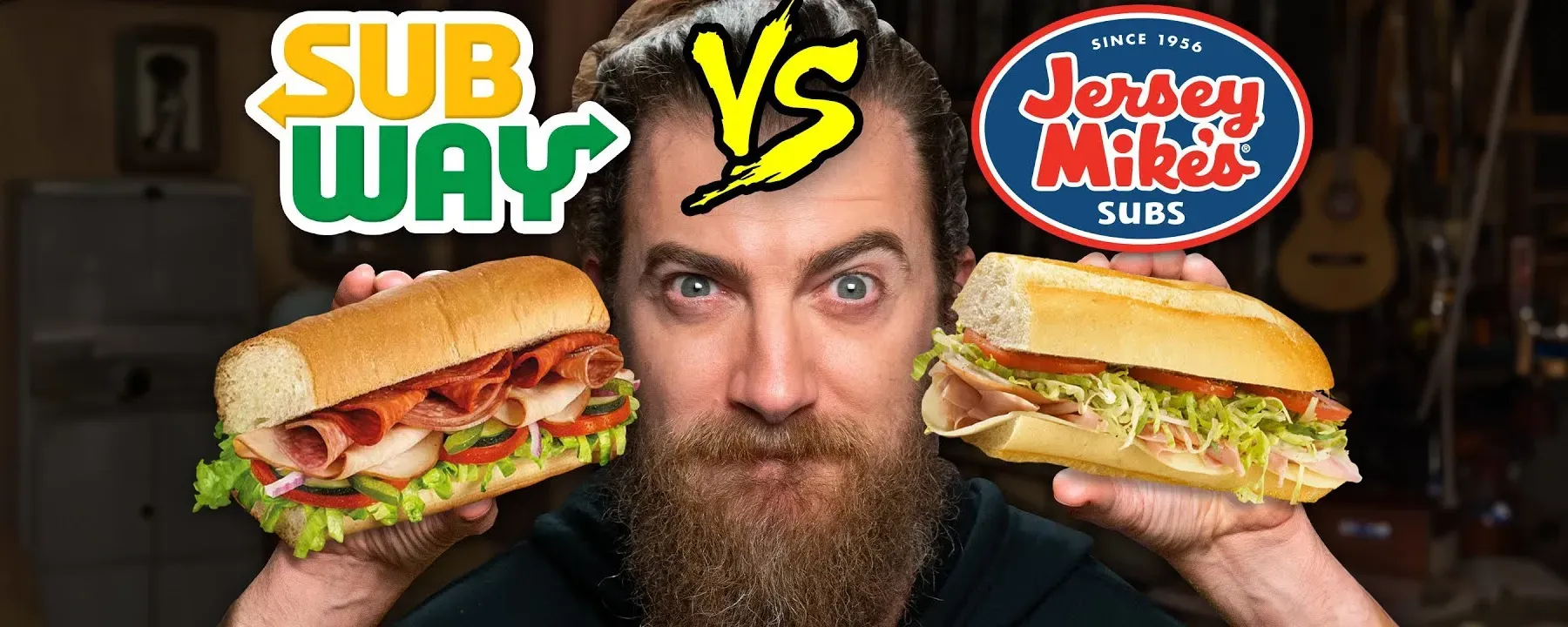Would Starbucks and Sweetgreen have been better off by franchising?
The ideal way for businesses such as Starbucks or Sweetgreen – or yours – to scale depends on a whole range of factors.
These include strategic goals, market demand, financial considerations and the ability to maintain brand integrity and quality control while expanding.
Neither Starbucks or Sweetgreen has chosen franchising as their expansion model, preferring to own their own outlets. My question is: Why?

Source: New York Times
You will of course know Starbucks with its 38,000 stores worldwide but if you live outside the United States you may not have heard of Sweetgreen. Sweetgreen was founded in 2007 by three college graduates who were disappointed with campus food options. Their first 560-square-foot (50m2) location offered ‘fresh, plant-forward, earth friendly food’.

Source: Sweetgreen website
Their vision was to ‘be as ubiquitous as traditional fast-food, but far more transparent and honest’.
But how can you become ubiquitous when you currently have a mere 225 restaurants in 18 states and you’ve told your investors your plan is to open only 23 – 27 new restaurants in 2024?
To those outside the United States and Asia, that may seem like pretty fast growth, but when you compare it to the rate of the fastest growing F&B franchises, it seems a bit sluggish. For example, Jersey Mike’s Subs opened 309 new franchise locations in 2023. Popeyes Louisana Chicken opened 118.
Sweetgreen has had to raise more than half a billion dollars in investor’s funding to get this far.
And after 15 years, they are yet to make a profit.

This man camped overnight to be the first in New Zealand to try Popeyes
To be fair, the fast-growing franchises mentioned before are well-established brands in the United States. And Sweetgreen’s founders are all too aware of the dangers of expanding too rapidly.
Said co-founder and Chief Brand Officer Nathaniel Ru: “There are all of these cautionary tales about startups or restaurants that grew massively, transforming into slow-moving corporate entities where quality takes a nosedive, products become more bland, customers are no longer at the centre, and employees feel less involved and inspired. We’ve been determined to avoid that.”

Sweetgreen co-founder and Chief Brand Officer Nathaniel Ru
Sweetgreen’s founders talk a lot about the concept of ‘intimacy at scale’.
“For us, intimacy at scale is about proving that that we can serve healthy, real food at scale, while still making it feel like your Sweetgreen and not just a Sweetgreen,” Nathaniel Ru told First Round.
Part of achieving intimacy of scale relies on ‘becoming a student of the community’. To do this, Sweetgreen carefully researches each community they are considering entering and ‘partners’ with local suppliers and service providers to better understand the market before going ahead.
Sweetgreen spent a year studying the Houston market before setting up there, for example. They built relationships with local farmers. “The original thesis was really, ‘How do we make it ingredient driven and not recipe driven?’,” said Ru.

But wait, how can you fully ‘get’ every local market when you’re opening so many restaurants in so many communities every year? Wouldn’t it be smarter – and less costly and time-consuming – to partner with local business owners who already know and are involved in these communities? Franchising can accelerate growth, especially in new markets where local knowledge and expertise are crucial. It also allows for quicker expansion without the need for significant capital investment from the parent company.
Of course Sweetgreen has buckets of cash. In 2009, just two years after startup, they raised US$835,000 in seed funding. Their IPO in 2021 raised a staggering US$364 million.
But will this be enough to achieve the founders’ dream of ‘building the McDonald’s of our generation’?

Source: Squawkbox
Much of the mountain of cash has already been spent on preparing for Sweetgreen’s future growth with acquisitions, innovations, design, marketing and technology that lead the fast casual restaurant industry in the United States. (More about this in my next article ‘What the Restaurant and Franchise Industry Can Learn From Sweetgreen’.)
Thanks to premium pricing, strong supply chains and sophisticated operational systems Sweetgreen restaurants’ net profit per unit is said to be as high as 18%, far greater than the fast casual industry average. But that hasn’t been enough to pay the returns that Sweetgreen’s investors must be holding out for.
“We can’t stop now, because this doesn’t work at 100 restaurants,” CEO Jonathan Neman said in 2019. “The next stop is 1,000.”
Plenty of businesses have started scaling with company-owned locations and then, once the business model has been fine-tuned, turned to franchising to accelerate their expansion. Should Sweetgreen?
Don’t miss the next in this series of articles ‘What the Restaurant and Franchise Industry Can Learn from Sweetgreen’. Subscribe to my email newsletter or follow me on Linkedin, X or Facebook.
And if you’re ready to start scaling your business, contact me to arrange a
Free Initial Consultation.
Share on your Page:
Follow us:














